
Linen’s versatility spans from whisper-light summer shirts to robust industrial textiles—but at its core lies a simple metric: GSM (grams per square meter). What exactly is GSM, and why does it dictate every aspect of linen’s performance and application?
GSM measures fabric weight and directly influences hand-feel, drape, durability, and breathability. A 120 g/m² linen voile feels airy and delicate, perfect for breezy blouses, while a 380 g/m² canvas-grade linen stands up to heavy-duty upholstery. Picture a designer who chose the wrong GSM for a linen jacket—what she thought was structured drape ended up looking floppy, costing her a season’s worth of sales. Let’s unpack GSM’s power to transform your linen product line, one gram at a time.
What Is GSM and Why Does It Matter for Linen Fabrics?
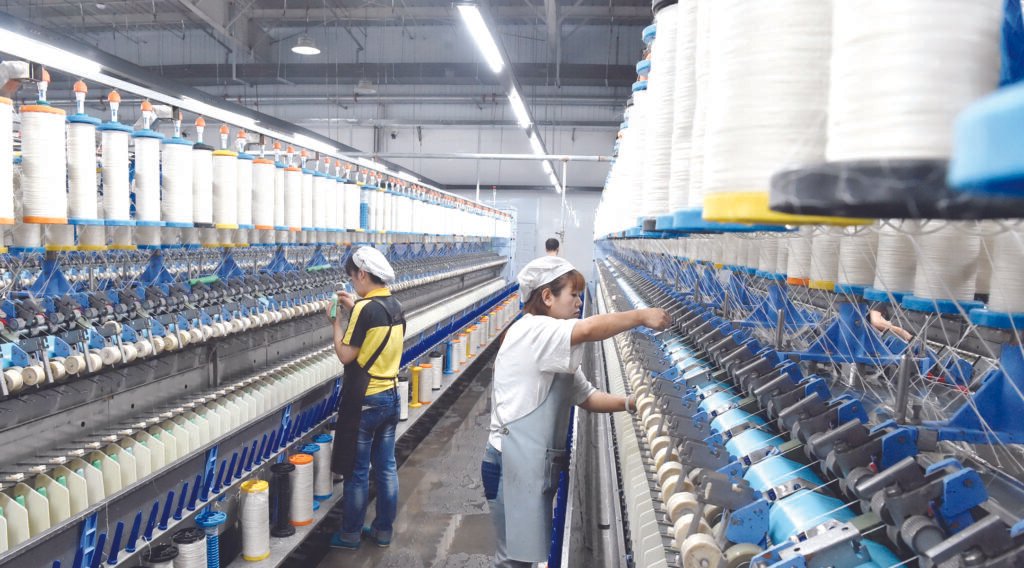
GSM stands for grams per square meter, quantifying the mass of one square meter of fabric. It’s the universal yardstick for comparing weights across fibers and constructions, directly informing fabric selection and end-use suitability. GSM indicates fabric density—lower values (100–180 g/m²) yield lightweight, breathable linens ideal for apparel, whereas midweight (180–300 g/m²) suits home textiles and uniforms, and heavyweight (300–500 g/m²) offers durability for industrial and technical applications. Understanding GSM helps brands match fabric performance to product requirements, minimizing misbuys and maximizing wear satisfaction.
GSM Fundamentals
- GSM Calculation & Standardization
- Method: Weigh a 100 cm × 100 cm swatch, multiply by 1 (or weigh any sample and normalize to m²).
- Standards: ISO 3801 for woven; ASTM D3776 for all textiles.
- Fabric Density vs. Thickness
- Density: GSM reflects fiber mass per area, not physical thickness—two 200 g/m² fabrics can feel totally different if one is tightly woven and the other loosely knit.
- Thickness Correlation: Higher GSM often correlates with greater thickness, but weave structure and fiber bulk also play roles.
- Implications for Production & Cost
- Yarn Consumption: A 300 g/m² linen uses \~25% more yarn than a 200 g/m² one, driving material costs up proportionally.
- Equipment Settings: Loom tension and finishing parameters must be adjusted to handle varying fabric weights.
- GSM vs. Ounces per Yard
- Conversion: 1 oz/yd² ≈ 33.9 g/m². A 6 oz/yd² denim (\~203 g/m²) falls into midweight linen territory.
| GSM Range (g/m²) | oz/yd² Range | Typical Fabric Type | Key Characteristics |
|---|---|---|---|
| 100–180 | 3–5.3 | Voile, lawn | Light, airy, highly breathable |
| 180–300 | 5.3–8.9 | Poplin, canvas, shirting | Balanced structure & drape |
| 300–500 | 8.9–14.8 | Heavy canvas, bag weights | Rigid, durable, technical use |
Overemphasis on GSM alone can mislead—fabric hand, weave tightness, and finishing treatments equally shape usability. Brands should request both GSM and thickness (mm) data, plus hand-feel samples, to avoid one-dimensional decisions.
How Do Different GSM Ranges Influence Linen’s Hand-Feel and Drape?
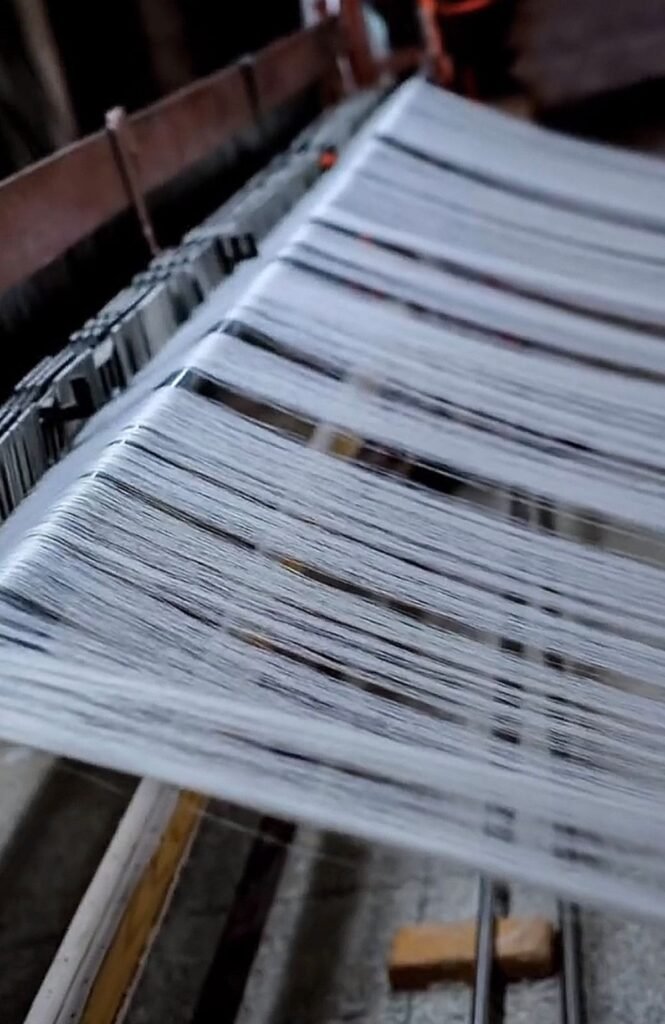
GSM is the primary driver of how linen feels against the skin and behaves in motion. Lighter GSM linens float like air; midweights balance form and flow; heavyweights deliver body and resilience. Low GSM linens (100–180 g/m²) exhibit soft, flowing drape and cool hand-feel—ideal for summer apparel and scarves. Midweights (180–300 g/m²) provide moderate stiffness for shirts and lightweight upholstery. Heavy GSM linens (300–500 g/m²) create structured drape and high abrasion resistance, perfect for bags, curtains, and industrial uses.
GSM Impact on Fabric Behavior
- Low GSM (100–180 g/m²)
- Hand-Feel: Soft, almost silky; cool to the touch.
- Drape: Fluid, clings lightly to contours; ideal for scarves, blouses, and lining.
- Breathability: Up to 40 mm/s air permeability at 100 Pa, ensuring maximum ventilation.
- Mid GSM (180–300 g/m²)
- Hand-Feel: Balanced firmness; softer with enzyme washes.
- Drape: Semi-structured; holds shirt collars and light pleats.
- Versatility: Suited for shirts, dresses, table linens, and light upholstery.
- High GSM (300–500 g/m²)
- Hand-Feel: Substantial, textured; may require softening finishes.
- Drape: Minimal fluidity; retains shape for bags, heavy curtains.
- Durability: Martindale abrasion life >20,000 cycles for technical linens.
- GSM vs. Weave & Finishing
- Twill vs. Plain: A 250 g/m² twill drapes more than a 250 g/m² plain weave due to diagonal structure.
- Softening Finishes: Enzyme treatments can reduce bending rigidity of 300 g/m² linens by 20–25%, enhancing drape.
| GSM Category | Hand-Feel | Drape Profile | Common Applications |
|---|---|---|---|
| 100–180 | Soft, cool | Fluid | Apparel, scarves, linings |
| 180–300 | Balanced | Semi-structured | Shirts, dresses, table linens |
| 300–500 | Sturdy, textured | Structured | Bags, heavy curtains, tech textiles |
Sole reliance on GSM may overlook the role of finishing—raw 180 g/m² linen vs. enzyme-washed 180 g/m² linen can behave like mid- vs. lowweight. Always sample both raw and finished states to calibrate expectations accurately.
Which GSM Categories Define Lightweight Linen for Apparel and Accessories?
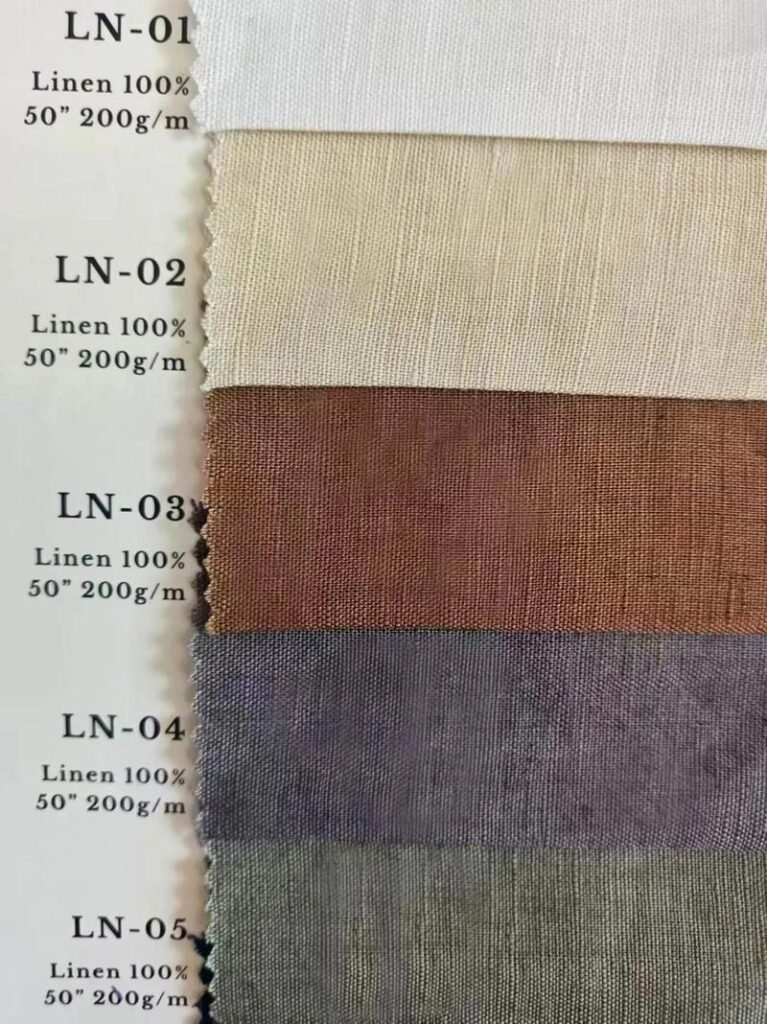
Lightweight linens—between 100 and 180 g/m²—are the go-to choice for fashion items that require exceptional softness, breathability, and a near-weightless feel. Lightweight linen at 120–150 g/m² offers a perfect blend of soft hand-feel and airflow, making it ideal for summer shirts, dresses, scarves, and face masks. These GSM ranges balance opacity and drape, ensuring garments hang gracefully while keeping wearers cool.
Lightweight Linen Applications
- GSM Subranges & Specific Uses
- 100–120 g/m²: Ultra-light voile—best for sheer scarves and lingerie overlays.
- 121–150 g/m²: Linen lawn—opaque enough for blouses, handkerchiefs, and lightweight dresses.
- 151–180 g/m²: Light poplin—holds shape for casual shirts and summer trousers.
- Performance Metrics
- Air Permeability: 40–60 mm/s, promoting rapid heat dissipation.
- Tensile Strength: ≥200 N—sufficient for daily wear without tearing.
- Softening Curve: Hand-feel improves by 15–20% after 3 enzyme washes.
- Design Considerations
- Opacity vs. Weight: Below 120 g/m² may require linings for modesty in apparel.
- Seam Construction: French seams or flat felled seams enhance durability without bulk.
- Care & Maintenance
- Wash Recommendations: Gentle cycles at 30 °C to preserve fabric integrity.
- Drying Tips: Line-dry in shade to avoid overexposure and maintain softness.
| GSM Range | Fabric Type | Key Applications | Air Permeability (mm/s) | Tensile Strength (N) |
|---|---|---|---|---|
| 100–120 | Voile | Scarves, lingerie overlays | 60 | 200 |
| 121–150 | Lawn | Blouses, handkerchiefs | 50 | 220 |
| 151–180 | Light Poplin | Shirts, lightweight pants | 40 | 240 |
Designers often chase ultra-light weights for breathability but overlook opacity and durability—linings or heavier GSM blends might be necessary for functional wear.
Which Medium-Weight GSM Ranges Suit Home Textiles and Upholstery?
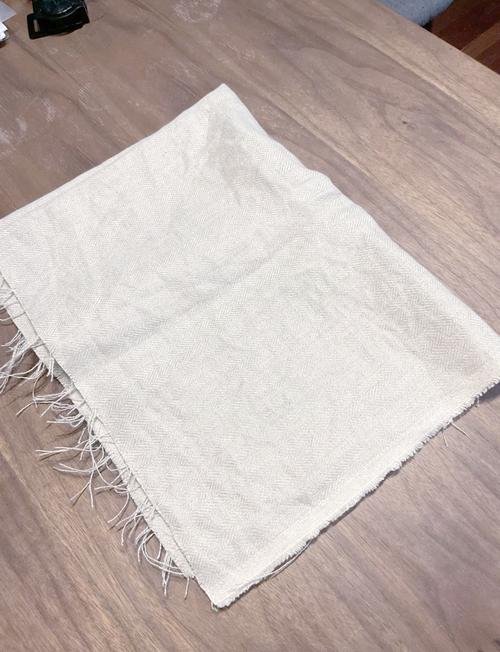
Medium-weight linens—180 to 300 g/m²—hit the sweet spot for home décor and everyday apparel, combining enough body for structure with softer drape. Linen at 200–260 g/m² offers balanced durability and drape, making it ideal for tablecloths, cushion covers, drapes, and tailored shirts. Its moderate thickness provides opacity, smooth hand, and resilience against abrasion.
Medium-Weight Linen Use Cases
- GSM Subranges & Applications
- 180–200 g/m²: Table linens and napkins—easy ironing and resistance to wrinkling.
- 201–230 g/m²: Cushions and light upholstery—enough heft for shape retention without stiffness.
- 231–300 g/m²: Draperies and midweight apparel—providing insulation and smooth folds.
- Performance Characteristics
- Abrasion Resistance: 12,000–15,000 Martindale cycles, ensuring long-lasting use in upholstery.
- Dimensional Stability: Shrinkage <3% after 5 washes (AATCC 135).
- Opacity: Light-block rating of 70–85% for draperies.
- Design & Construction Tips
- Weave Selection: Dobby and twill weaves add texture and enhance durability.
- Edge Finishes: Bias binding or overlocking to prevent fraying on heavier weights.
- Care Guidelines
- Washing: Warm wash (40 °C) with mild detergent; medium spin to prevent creasing.
- Pressing: Medium-heat ironing with slight steam for smooth finish.
| GSM Range | Fabric Type | Key Applications | Abrasion (cycles) | Shrinkage (%) |
|---|---|---|---|---|
| 180–200 | Table Linen | Tablecloths, napkins | 12,000 | <3 |
| 201–230 | Light Upholstery | Cushions, slipcovers | 13,000 | <3 |
| 231–300 | Drapery/ Apparel | Curtains, tailored wear | 15,000 | <3 |
Medium-weight linens can vary greatly by weave—plain-weave at 230 g/m² may drape differently than a 230 g/m² twill. Always request weave-specific samples to match aesthetic and performance goals.
Which Heavyweight GSM Brackets Are Ideal for Industrial and Technical Linen Uses?

Heavyweight linens, ranging from 300 to 500 g/m², deliver the strength and structure needed for demanding applications—from tote bags to industrial filtration. Heavy-grade linen at 320–400 g/m² offers tensile strength ≥450 N and abrasion resistance >20,000 Martindale cycles, making it perfect for durable totes, workwear, and technical filters. Above 400 g/m², linen excels in canvas, insulation layers, and geotextile prototypes requiring rigidity and high tensile performance.
Heavyweight Linen Performance
- GSM Subranges & Use Cases
- 300–320 g/m²: Heavy canvas—tote bags, aprons, and tool rolls.
- 321–400 g/m²: Workwear—overalls, chef coats, and durable trousers.
- 401–500 g/m²: Technical textiles—filtration media, geotextiles, and soundproof panels.
- Mechanical Properties
- Tensile Strength: 450–600 N warp/fill (ISO 13934-1).
- Abrasion Resistance: ≥20,000 Martindale cycles (ISO 12947).
- Puncture & Tear Resistance: Tear strength ≥20 N (ASTM D2261).
- Constructions & Finishes
- Twill & Duck Weaves: Enhance tear resistance and visual texture.
- Coatings & Laminations: PU or silicone coatings improve water repellency (120 s spray test) without severely impacting breathability.
- Care & Longevity
- Washing: Gentle cycles to preserve strength; avoid aggressive detergents.
- Maintenance: Spot clean heavy soiling; occasional mild conditioning to maintain flexibility.
| GSM Range | Application | Tensile Strength (N) | Abrasion (cycles) | Tear Strength (N) |
|---|---|---|---|---|
| 300–320 | Bags & Aprons | 450–500 | 20,000 | 20 |
| 321–400 | Workwear | 500–550 | 22,000 | 22 |
| 401–500 | Technical Textiles | 550–600 | 25,000 | 25 |
Heavy linens risk stiffness and poor foldability; incorporating 5–10% cotton or Tencel® can improve hand without drastically reducing strength—especially important in wearer comfort and drape.
How Does GSM Affect Linen’s Durability, Breathability, and Performance?
GSM isn’t just about weight—it’s a predictor of how linen will perform over time in real-world conditions, balancing longevity, airflow, and comfort. As GSM increases, durability metrics (tensile strength, abrasion resistance) rise linearly, while breathability (air permeability) decreases inversely—dropping from 60 mm/s at 120 g/m² to 15 mm/s at 400 g/m². Optimal performance aligns GSM to use case: 150 g/m² for peak breathability and 350 g/m² for maximum wear life.
GSM-Performance Relationships
- Durability Metrics vs. GSM
- Tensile Strength: Increases \~0.4 N per g/m² of GSM.
- Abrasion: +50 cycles per 10 g/m² increase in GSM.
- Breathability & Thermal Comfort
- Air Permeability: Drops from 60 mm/s at 120 g/m² to 25 mm/s at 250 g/m² and 15 mm/s at 400 g/m².
- Thermal Resistance (R-value): Rises from 0.05 to 0.15 as GSM doubles.
- Moisture Management
- Wicking Rate: Slightly higher in midweights due to capillary action in denser weaves—peak at 200–250 g/m².
- Drying Time: Lengthens from 2 hours (120 g/m²) to 4 hours (400 g/m²) in ambient conditions.
- Longevity & Lifecycle
- Wash Durability: Lowweights maintain ≥90% tensile strength after 20 cycles; heavyweights retain ≥95% after 50 cycles.
- Pilling: Drops from Grade 3 at 150 g/m² to Grade 5 at 350 g/m² after 10,000 rubs.
| GSM (g/m²) | Tensile Strength (N) | Air Permeability (mm/s) | Wash Durability (%) | Pilling Grade |
|---|---|---|---|---|
| 120 | 240 | 60 | 90 (20 washes) | 3 |
| 250 | 350 | 25 | 92 (35 washes) | 4 |
| 400 | 480 | 15 | 95 (50 washes) | 5 |
Performance curves assume consistent weave and finish. Variations in weave tightness, fiber quality, and finishing chemicals can shift these metrics—insist on lab reports for your exact GSM/fabric batches.
What Measurement Standards and Testing Methods Ensure Accurate GSM Reporting?
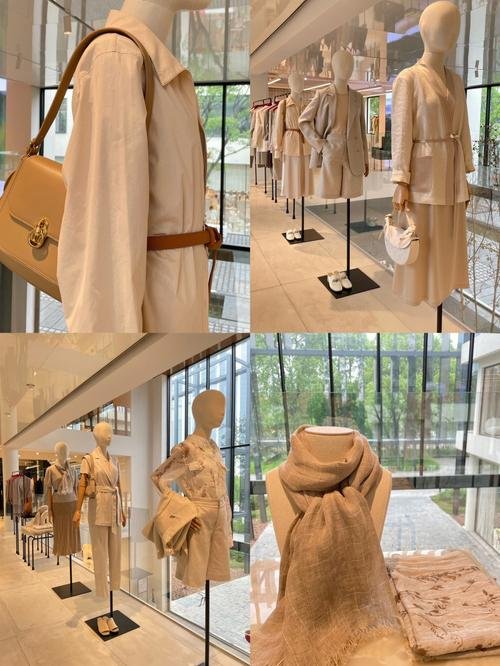
Consistency in GSM readings is critical for product specification and buyer confidence. Accurate GSM measurement for linen uses standardized methods—ISO 3801 for woven fabrics and ASTM D3776 for all textiles—requiring calibrated scales (±0.01 g) and precise 100 cm² cutters; adherence to these standards ensures reproducibility within ±2% tolerance.
GSM Testing Protocols
- Sample Preparation
- Conditioning: Samples equilibrated at 20 °C and 65% RH for 24 hours (ISO 139).
- Cutting: Precise 100 cm² template (10 cm × 10 cm) to eliminate area variation.
- Weighing & Calculation
- Scale Accuracy: Analytical balance with ±0.01 g precision.
- Formula: GSM = (Sample weight in grams ÷ Sample area in m²).
- Tolerance: Industry allows ±2% variation between meters.
- Verification & Calibration
- Calibration: Certified weights used monthly to validate scale accuracy.
- Cross-Check: Duplicate tests on 5% of rolls to detect outliers.
- Reporting & Documentation
- Test Certificates: Include sample source, date, method reference, and environmental conditions.
- Batch Tracking: Each roll’s GSM report linked to batch number in ERP.
| Test Step | Standard | Key Requirement |
|---|---|---|
| Conditioning | ISO 139 | 20 °C, 65% RH for 24 h |
| Sample Cutting | ISO 3801 / ASTM D3776 | 100 cm² area precision |
| Weighing | ISO 3801 / ASTM D3776 | ±0.01 g scale accuracy |
| Reporting | Lab Certificate | ±2% tolerance, batch traceability |
Lab conditions must match production environment—on-site GSM readings can deviate if humidity and temperature differ. Require suppliers to disclose conditioning parameters alongside GSM data.
How Can B2B Buyers Choose the Right GSM for Their Specific Linen Product Lines?
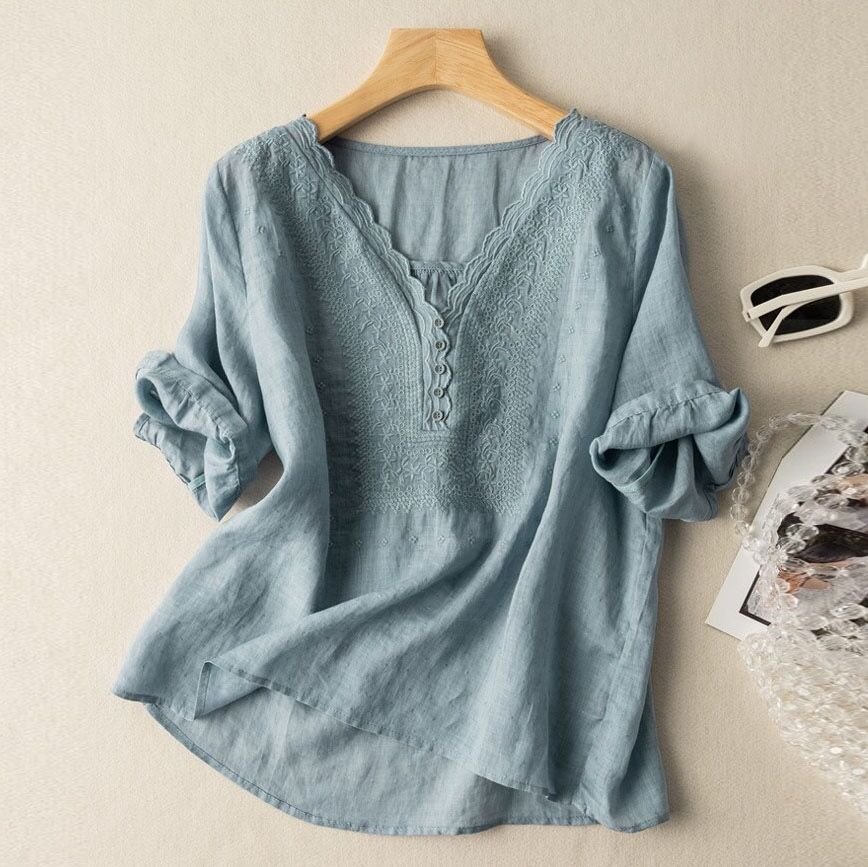
Selecting the ideal GSM aligns product performance with target consumer expectations and manufacturing capabilities. B2B buyers should map end-use—apparel, home décor, or technical applications—to GSM brackets, then request physical swatches and lab data: 120–150 g/m² for drapey garments, 180–260 g/m² for linens and upholstery, and 300–400+ g/m² for heavy-duty uses, ensuring a balance of hand-feel, durability, and cost-effectiveness.
GSM Selection Strategy
- Define End-Use Requirements
- Apparel: Comfort & drape—target 120–180 g/m².
- Home Textiles: Structure & wash durability—target 180–260 g/m².
- Technical/Industrial: Strength & performance—target ≥300 g/m².
- Evaluate Sample Swatches
- Multi-GSM Panels: Request 3–5 GSM variations within target range to assess hand and drape.
- Finishing Treatments: Compare raw vs. enzyme-softened vs. coated samples for real-world use.
- Cost–Performance Analysis
- Yarn & Processing Surcharge: Each 50 g/m² GSM increment adds \~5–8% to material cost.
- Lifecycle ROI: Higher GSM may cost more per meter but lasts 2–3× longer in heavy-use scenarios.
- Supplier Collaboration
- Custom GSM Blends: Work with mills to create niche GSMs (e.g., 165 g/m² for bespoke shirting).
- MOQ Considerations: Balance desired GSM precision against minimum-order requirements.
| Product Category | Recommended GSM (g/m²) | Key Considerations |
|---|---|---|
| Apparel | 120–180 | Drape vs. opacity vs. cost |
| Home Textiles | 180–260 | Durability vs. hand-feel |
| Technical/Industrial | ≥300 | Strength vs. flexibility |
Standard GSM brackets provide guidance, but niche products often require bespoke weights. Engage suppliers with in-house R\&D to fine-tune GSM, ensuring standout performance and differentiation.
Ready to dial in the perfect GSM for your linen products?
GSM is more than a number—it’s the DNA of linen’s performance. By mastering GSM fundamentals, understanding its influence on hand-feel and durability, and applying rigorous testing and selection strategies, B2B buyers can craft linen lines that resonate with quality, comfort, and functionality. Partner with SzoneierFabrics for:
- Free GSM consultation and fabric sampling
- Custom GSM development and small-batch trials
- Rigorous lab testing and detailed certificates
- Transparent pricing, low-MOQ options, and rapid prototyping
Contact us today to receive your personalized GSM-driven sourcing proposal and elevate your linen collection to the next level.

